We are
all guilty of it. While scrolling through Facebook and/or Twitter, there's a
good chance we will come across a cute video one
of our friends shared of a baby animal doing something downright adorable.
Whether the baby animals are
running around, sleeping or playing with some pals, we can't seem to scroll past these addictive
videos. And once we press play, chances are we watch three, four... 20 more.
The question is, why? Why do we find these videos so frickin' cute?
Believe it or not, there's actually a science behind it. Whether you are a stone-cold gal or guy, the mushiest of us all or just an avid social media user, these videos make us all "goo goo ga ga." They draw the "awww" from even the most unfriendly folk all because... well, it boils down to our being human.
Recommended for you
Ethologist Konrad Lorenz proposed that certain human infantile features affect our perception of cuteness. However, Lorenz's research did not extend into the realm of other species; he particularly focused on the effects of human infants on other individuals. The infantile characteristics Lorenz pinpointed are categorized into the baby schema. The baby schema consists of infantile physical features such as a "large head, high and protruding forehead, large eyes, chubby cheeks, small nose and mouth, short and thick extremities and a plump body shape."
However, this does not answer the question regarding the human instinct to nurture baby animals of other species.
Simon Rego, Professor of Clinical Psychiatry and Behavioral Sciences, holds the leading theory. He suggests that the reason we find baby animals so adorable is because their features remind us of human babies (also known as the baby schema). The classic large eyes, chubby cheeks and small nose and mouth can be seen in many of the cutest baby animals. Puppies, kittens, piglets, baby bunnies and ducklings are a few of the species that exhibit the baby schema and, much like the human species, they all require nurturing of their youth. Animals such as sharks, lizards and snakes are a few examples of species that do not require nurture after birth. For this reason, they do not have the baby schema and generally, humans do not find them adorable or cute.
While this research seems obscure and not applicable to our daily lives, we actually see the baby schema every day and not necessarily in babies. Corporations such as Disney use the baby schema to make their characters—both human and animal—cuter. Characters such as Mickey Mouse, Winnie the Pooh, "Lilo and Stitch"'s Stitch and even "Frozen"'s Elsa exhibit the tell-tale characteristics of the baby schema. Research proves that children and adults alike prefer pictures of infants over adults. Although Disney's characters are not infants, they exhibit the infantile characteristics of the baby schema making them more eye-catching to humans of all ages.
Now we know... we can't help watching one, two, three... 20 baby animals videos because we are human! So next time someone pokes fun at your baby animal addiction, let them know that by denying the cuteness, they are also denying the biological and chemical assets of being a human being.
And because we can't help it, here's one for the road.




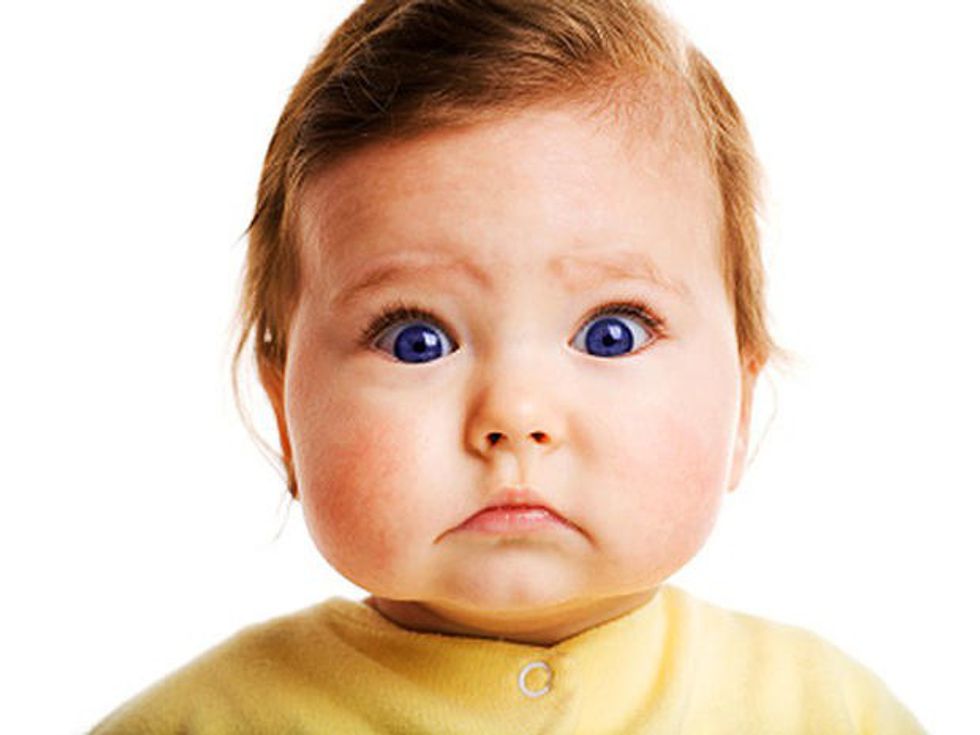


 man running in forestPhoto by
man running in forestPhoto by 
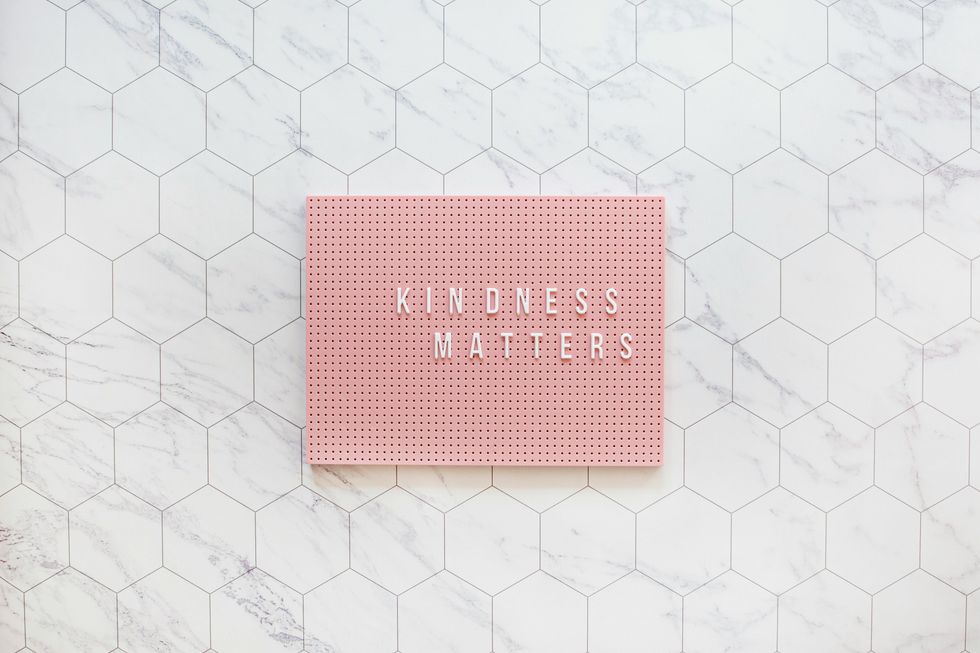

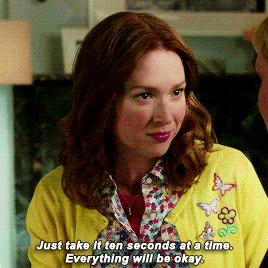


 "I thought you knew what you signed up for."
"I thought you knew what you signed up for."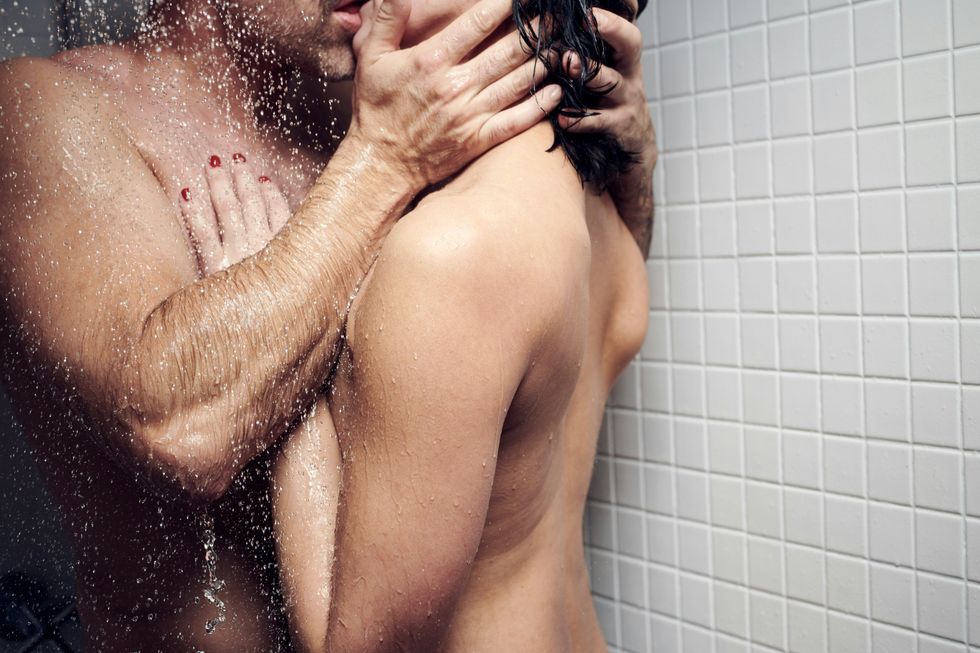 man and woman in bathtub
Photo by
man and woman in bathtub
Photo by  four women sitting on black steel bench during daytime
Photo by
four women sitting on black steel bench during daytime
Photo by  Uber app ready to ride on a smartphone.
Photo by
Uber app ready to ride on a smartphone.
Photo by  woman in red tank top and blue denim shorts standing beside woman in black tank top
Photo by
woman in red tank top and blue denim shorts standing beside woman in black tank top
Photo by 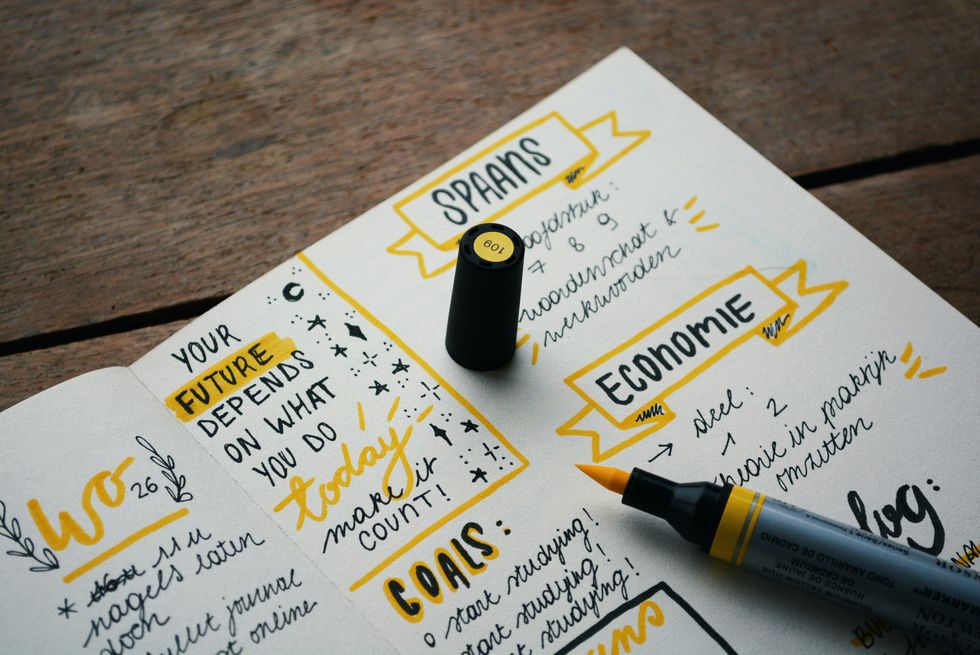 blue marker on white printer paper
Photo by
blue marker on white printer paper
Photo by  welcome signage on focus photography
Photo by
welcome signage on focus photography
Photo by  woman in white and black striped long sleeve shirt lying on bed
Photo by
woman in white and black striped long sleeve shirt lying on bed
Photo by  pink pig coin bank on brown wooden table
Photo by
pink pig coin bank on brown wooden table
Photo by  person holding iPhone 6 turned on
Photo by
person holding iPhone 6 turned on
Photo by  person holding pencil near laptop computer
Photo by
person holding pencil near laptop computer
Photo by  person slicing vegetable
Photo by
person slicing vegetable
Photo by 
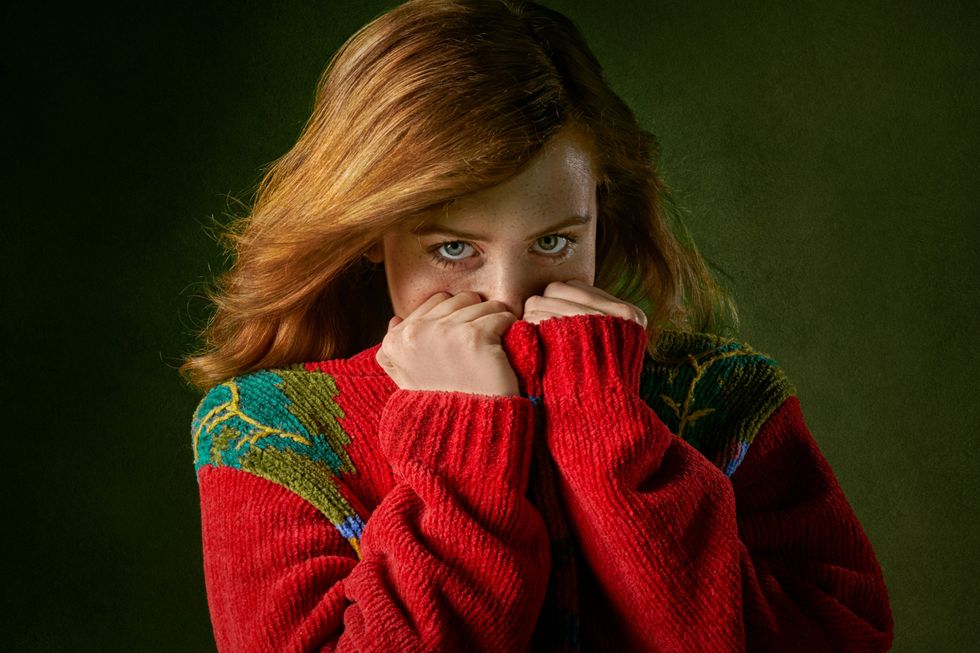 woman covering mouth with sweater
Photo by
woman covering mouth with sweater
Photo by  person holding remote pointing at TV
Photo by
person holding remote pointing at TV
Photo by  a woman with her arms raised in a crowd of people
Photo by
a woman with her arms raised in a crowd of people
Photo by  "Shocked disbelief: '95% of the population is undateable?'"
"Shocked disbelief: '95% of the population is undateable?'"







